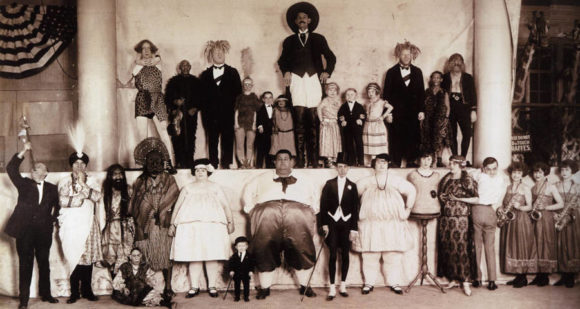The Inca Empire’s Ancient Code Written In Strings
No one knows how to “read” them…
From Sapiens,
Unraveling an Ancient Code Written In Strings
Andean cultures developed a mysterious form of writing that has never been deciphered. Scientists are teaming with locals to solve the enigma.
by Sabine Hyland
“In July 2015, my husband and I were crammed into a stuffy minivan with 12 others, climbing out of Lima’s coastal mist into the sun-filled mountains thousands of feet above. After hours of dust clouds and dizzying hairpin turns, our destination appeared below—the remote Andean village of San Juan de Collata, Peru. It was a scattering of adobe houses with no running water, no sewage, and electricity for only a couple of homes. The several hundred inhabitants of this community speak a form of Spanish heavily influenced by their ancestors’ Quechua. Arriving at the village felt like entering into another world.
My husband and I spent our first few hours in Collata making formal presentations to the village officers, requesting permission to study two rare and precious objects that the community has guarded for centuries—bunches of twisted and colored cords known as khipus. After dinner, the man in charge of the community treasures, a middle-aged herder named Huber Brañes Mateo, brought over a colonial chest containing the khipus, along with goat-hide packets of 17th- and 18th-century manuscripts—the secret patrimony of the village. We had the tremendous honor of being the first outsiders ever allowed to see them.
Over the next couple days, we would learn that these multicolored khipus, each of which is just over 2 feet long, were narrative epistles created by local chiefs during a time of war in the 18th century. But that evening, exhausted yet elated, my husband Bill and I simply marveled at the colors of the delicate animal fibers—crimson, gold, indigo, green, cream, pink, and shades of brown from fawn to chocolate.
In the Inca Empire’s heyday, from 1400 to 1532, there would have been hundreds of thousands of khipus in use. Today there are about 800 held in museums, universities, and private collections around the world, but no one knows how to “read” them. Most are thought to record numerical accounts; accounting khipus can be identified by the knots tied into the cords, which are known to represent numbers, even if we don’t know what those numbers mean. According to Spanish chroniclers in the 16th century who saw khipus still being used, others record narrative information: histories, biographies, and communications between administrators in different towns….”
For the rest, click here.
Share


